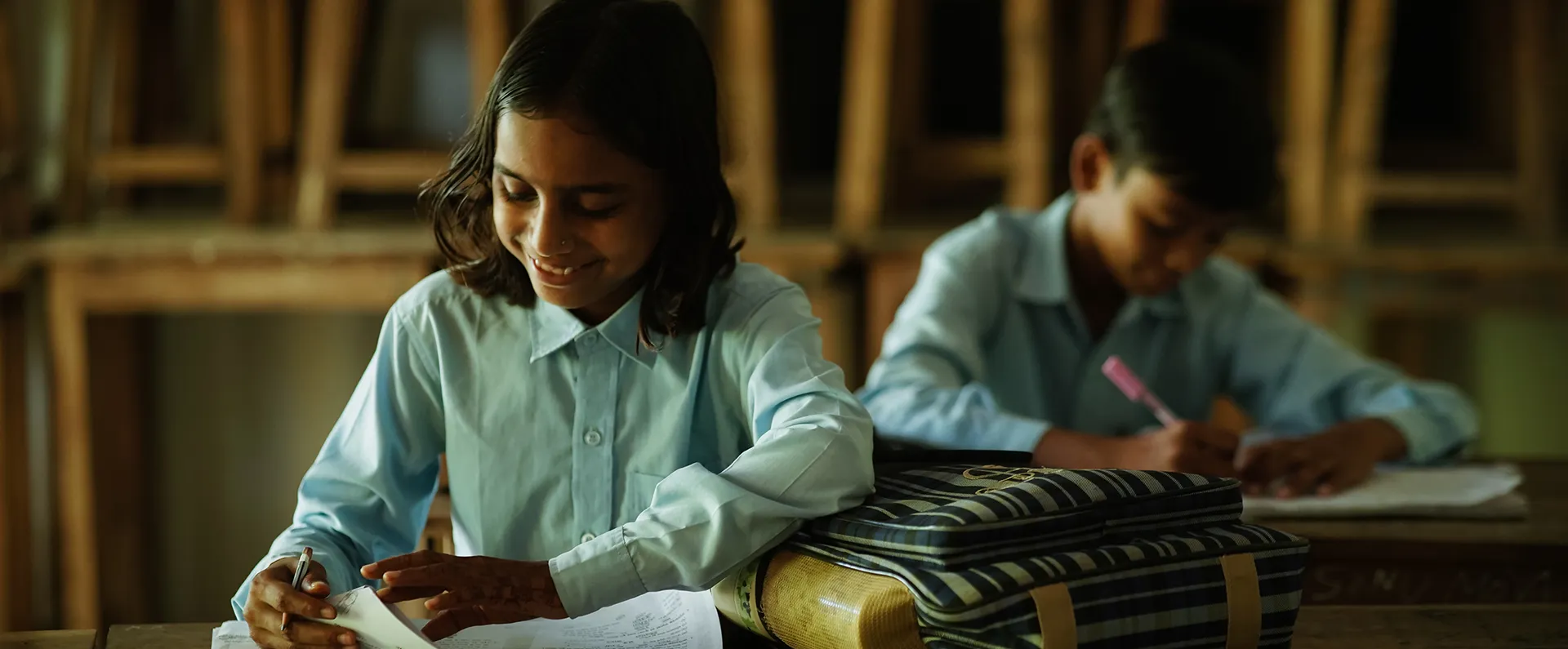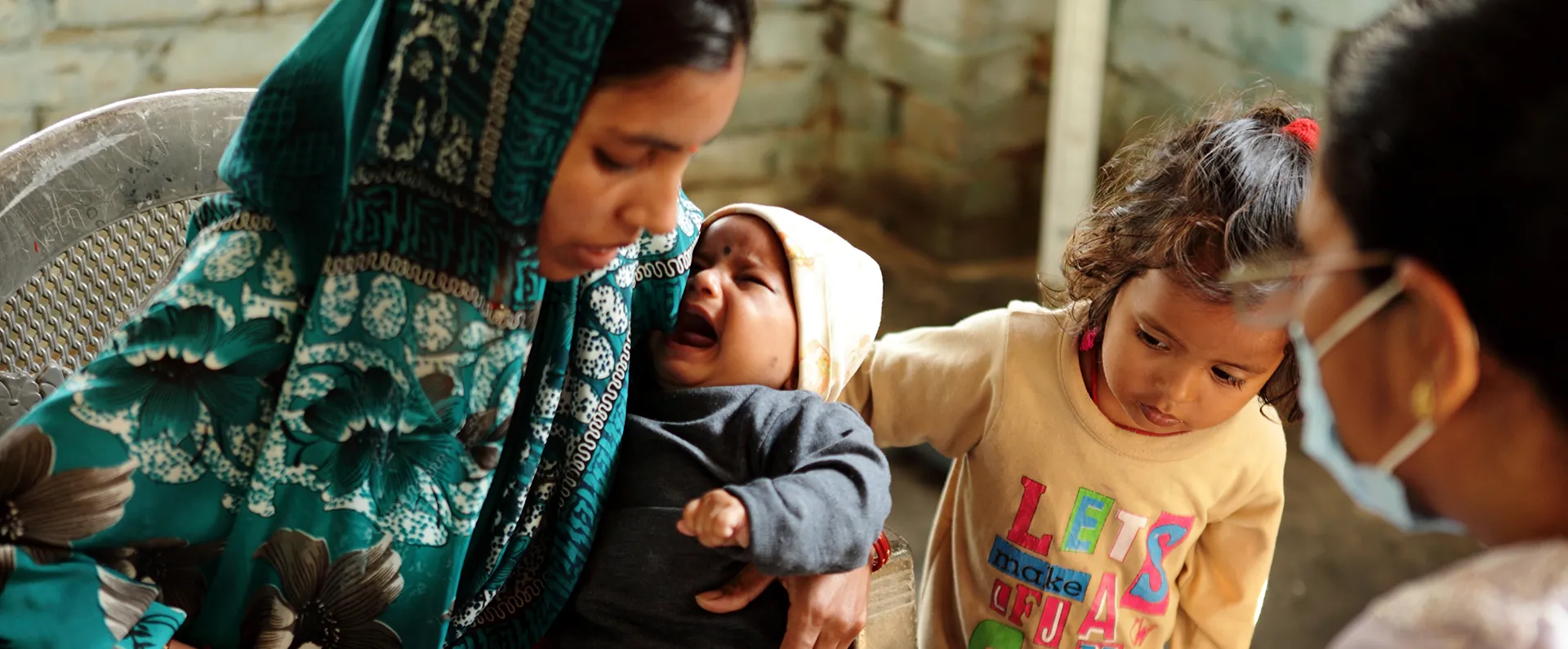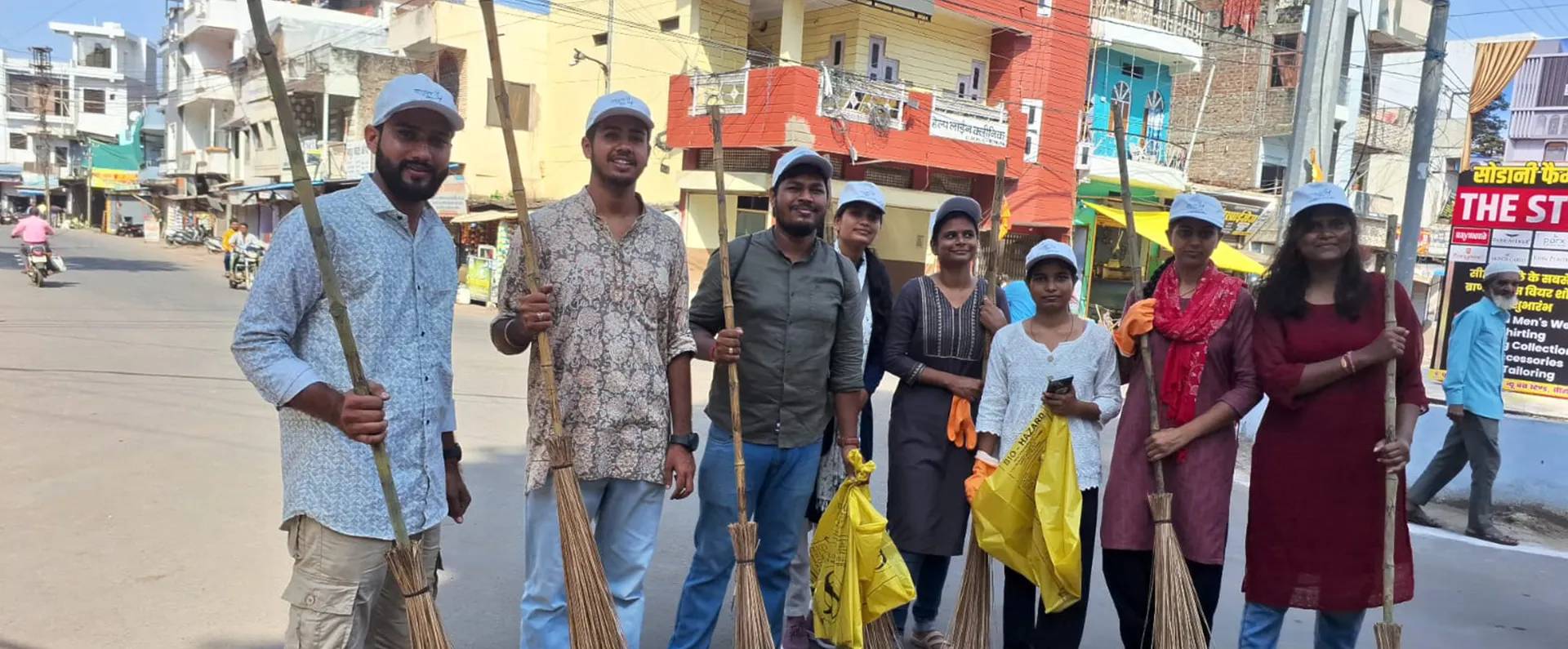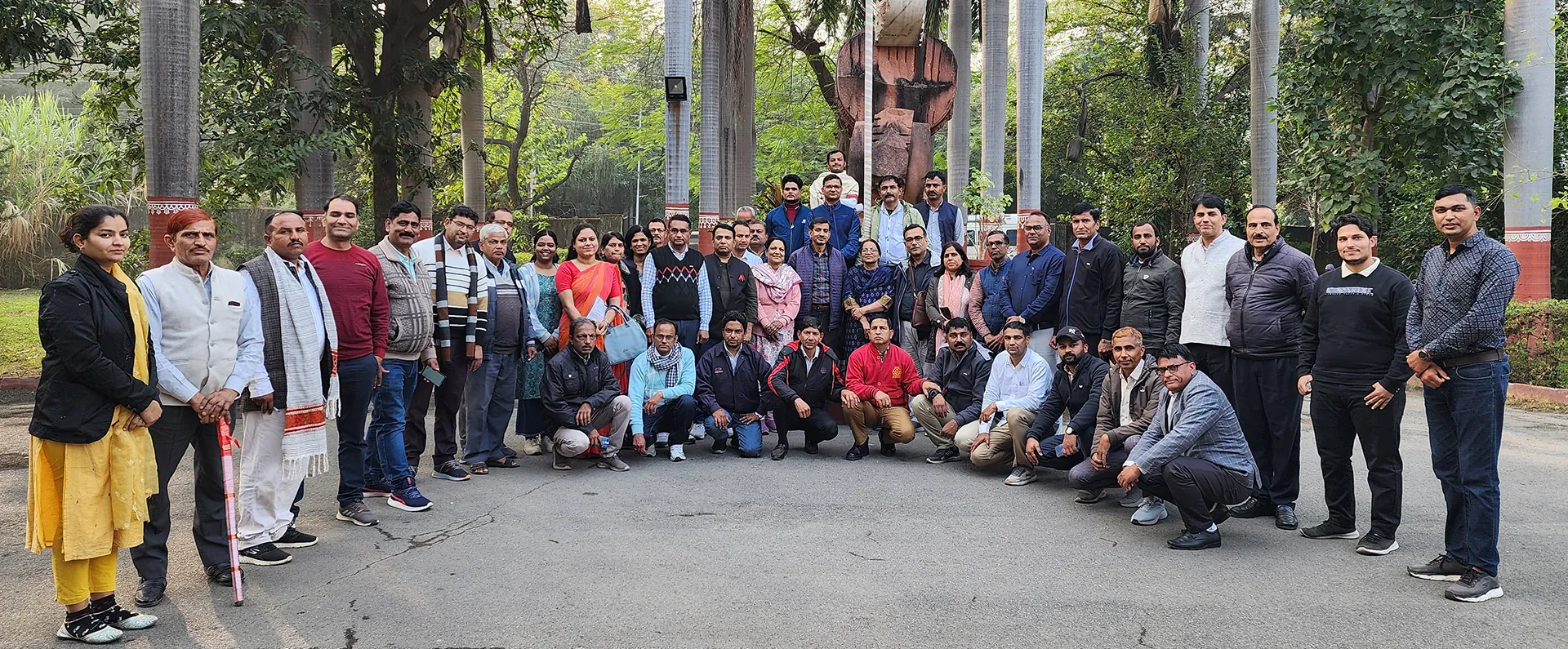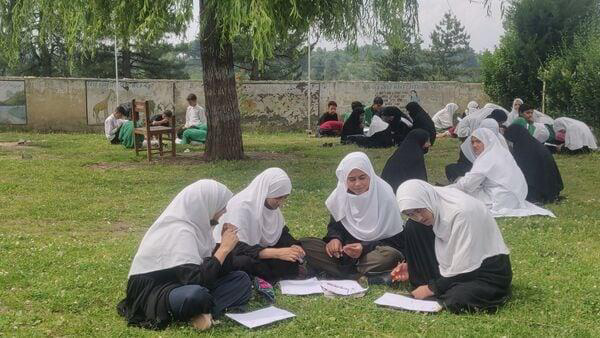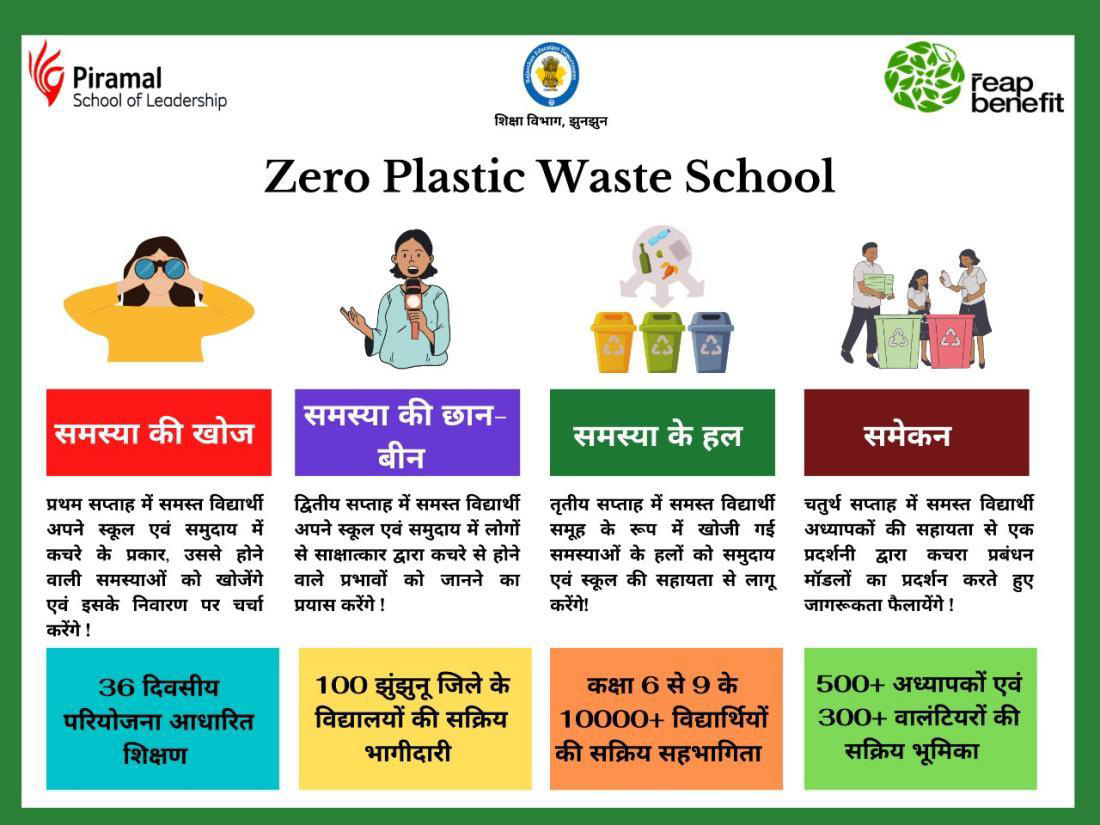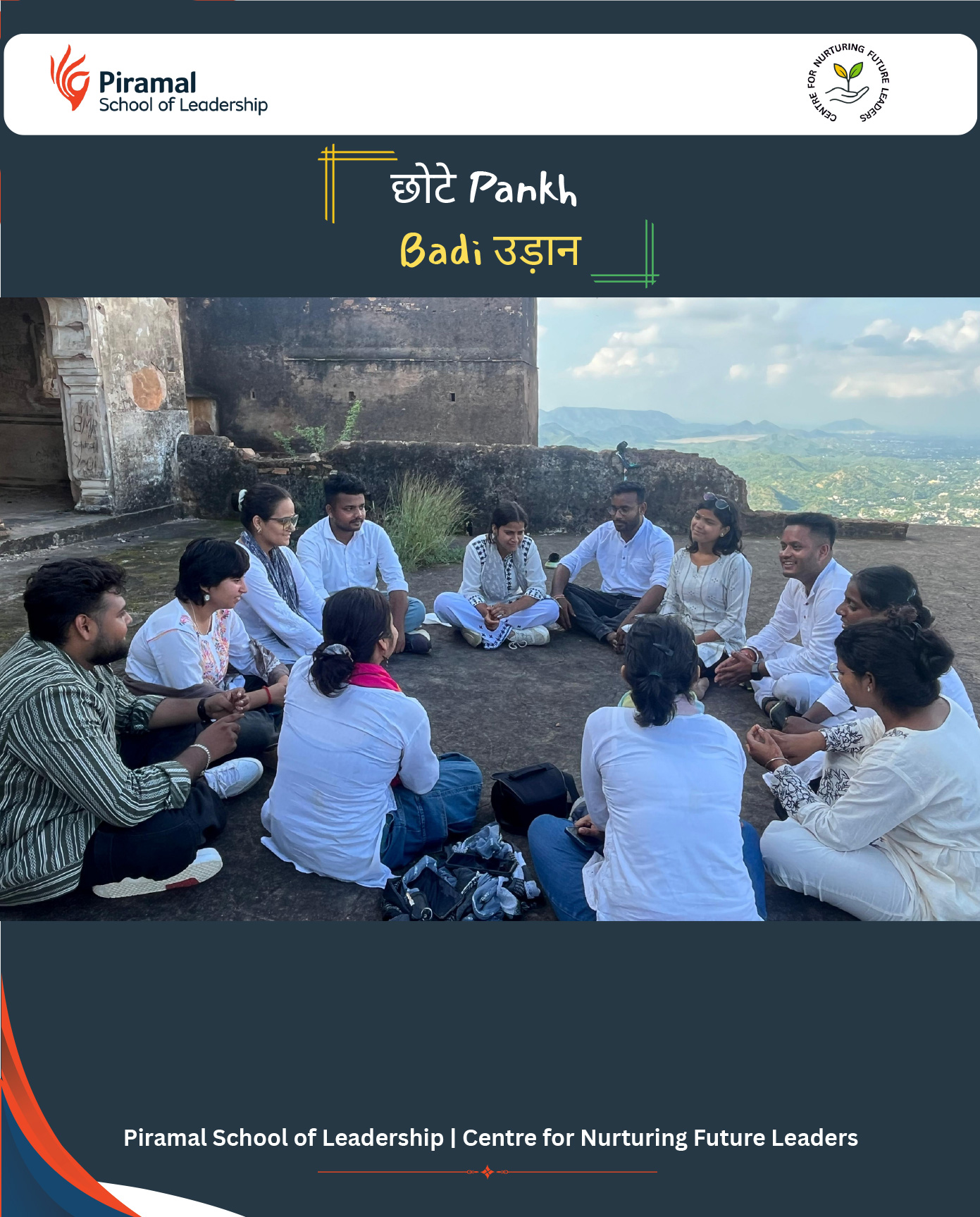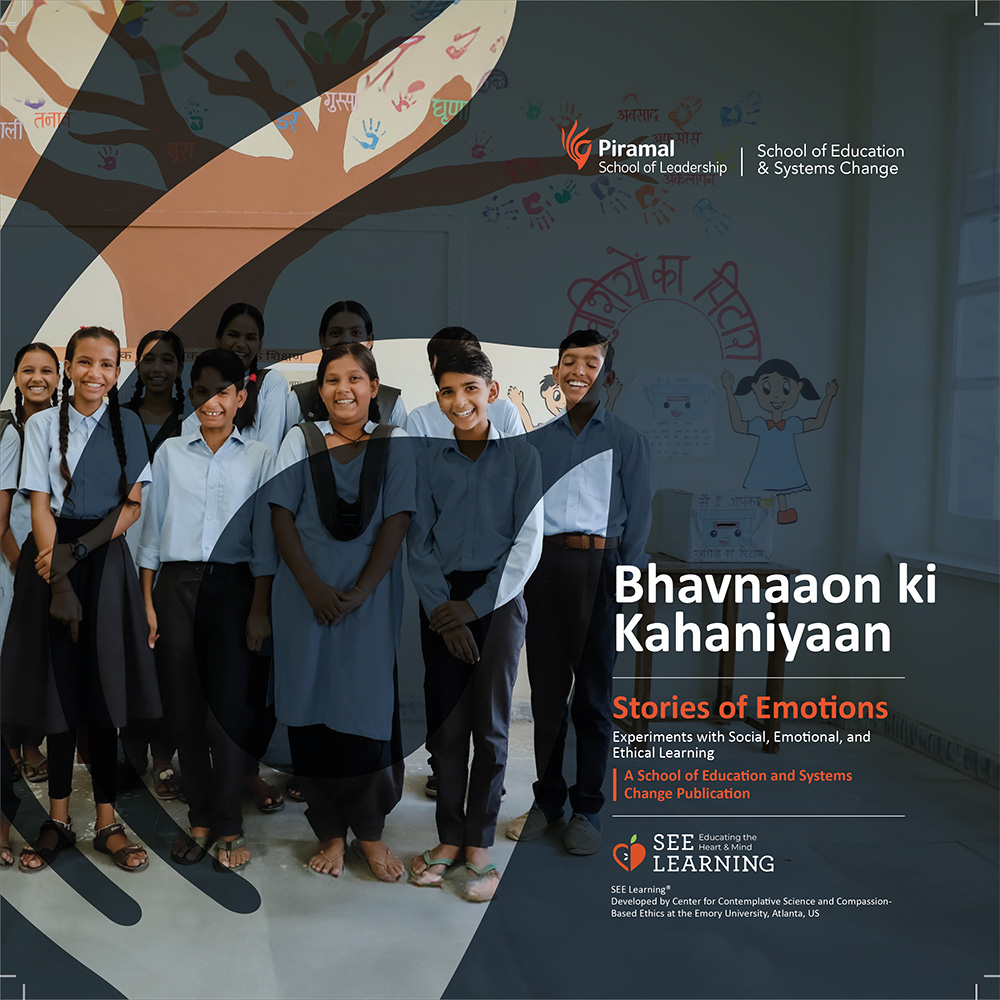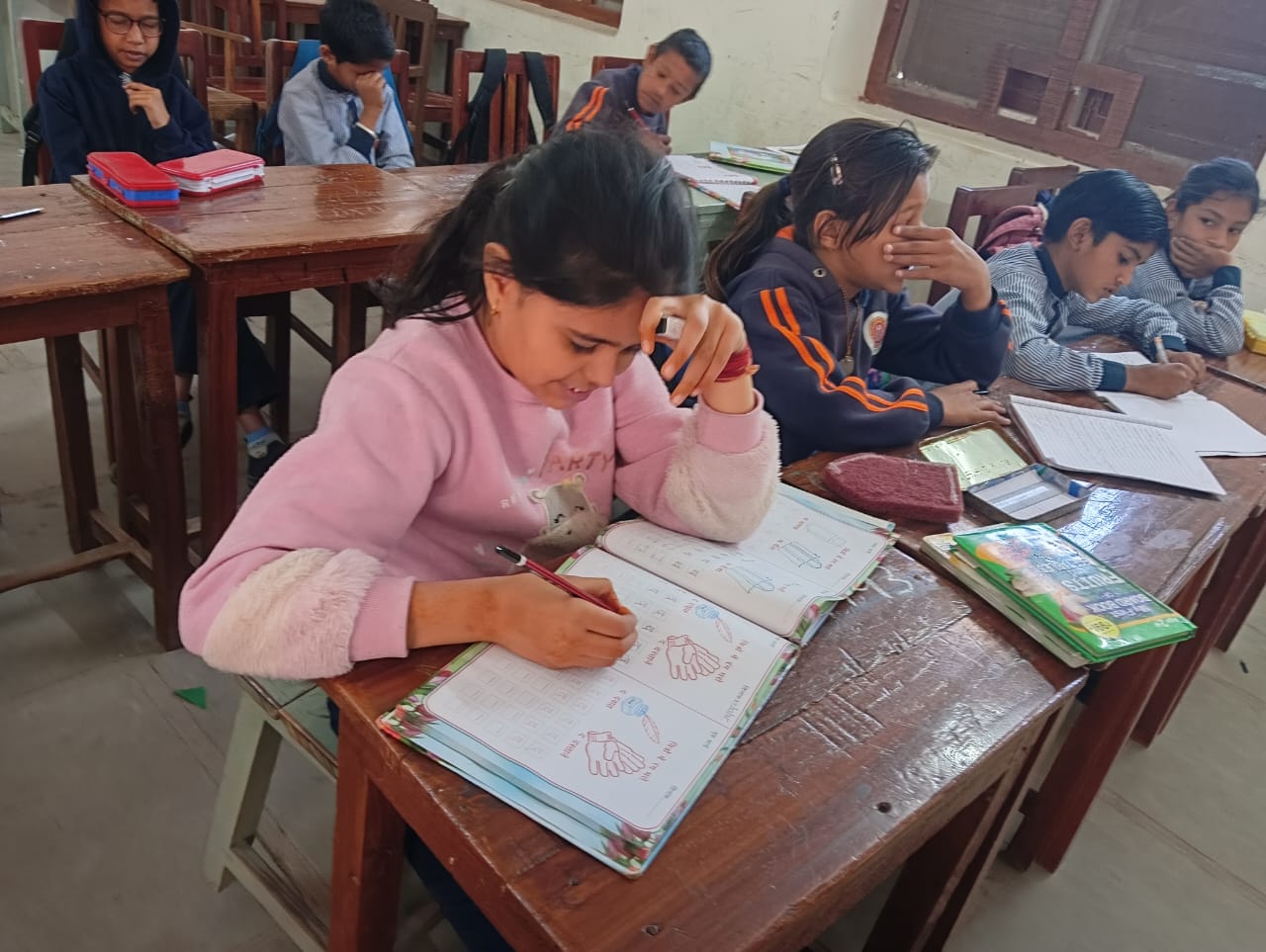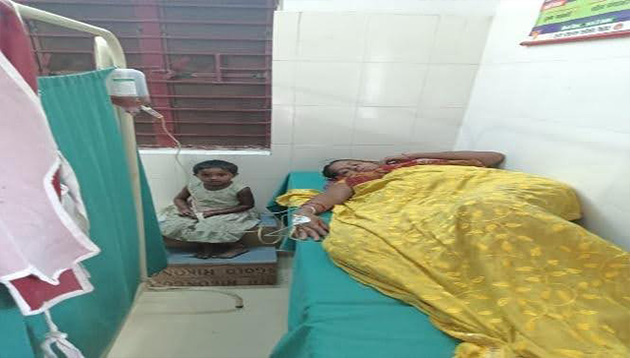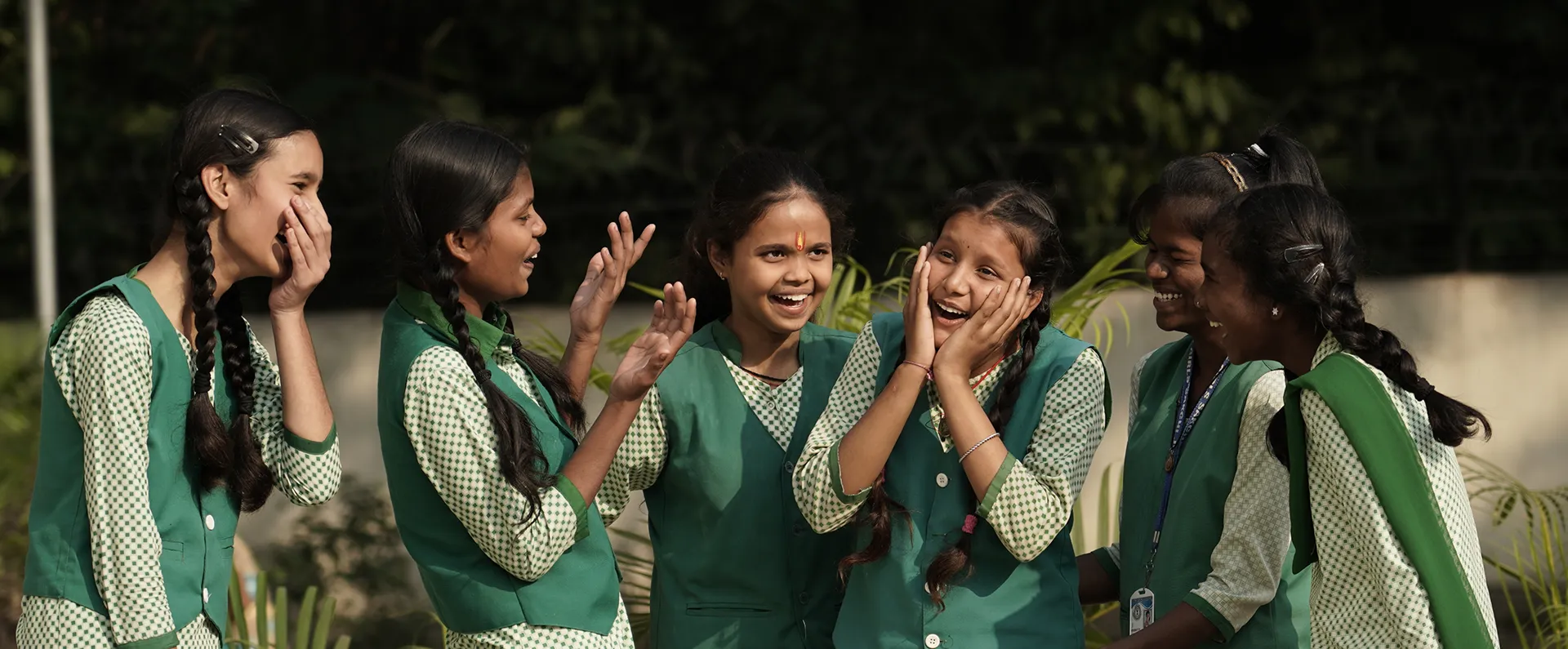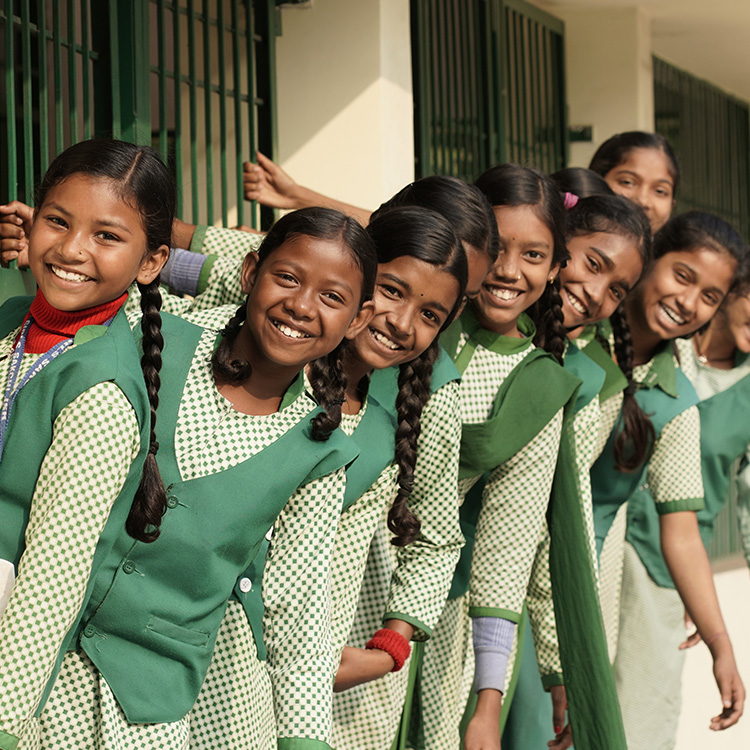Research validates that extreme adverse conditions and experiences during childhood can have long-term effects on children, influencing how they cope with trauma. Children exposed to such hardships are at a significantly higher risk of developing mental health challenges, struggling with social relationships, adopting a fixed mindset, and engaging in risky or violent behavior.
The need for Social and Emotional Learning (SEL) interventions in Jharkhand's education system is underscored by several alarming data points:
Nearly half of Jharkhand’s population lives below the poverty line, highlighting widespread economic hardship across the state.
There was a sharp increase in crimes against children in Jharkhand, pointing to growing risks to child safety and protection.
Millions of orphaned children in the eastern region remain especially vulnerable to violence, neglect, and abuse.
According to NCRB, Jharkhand reported the highest number of communal riots in India, with 100 out of 378 cases nationwide.
Social and Emotional Learning (SEL) is essential for addressing these challenges. SEL helps children and adults understand and manage emotions, set and achieve positive goals, feel and show empathy, maintain healthy relationships, and make responsible decisions.
The National Education Policy (NEP) 2020 emphasizes the need for holistic student development and advocates for integrating life skills into education. It stresses that education should be "holistic, integrated, engaging, and enjoyable," requiring a shift beyond cognitive learning to also include affective and social-emotional domains.
Interventions
Project Sampoorna aims to support adolescents from vulnerable backgrounds through a systemic, collaborative approach to Social and Emotional Learning (SEL). The intervention focuses on:
- Adolescent-Centered SEL Programs: Tailored initiatives for youth facing challenges such as poverty, neglect, and abuse.
- System-Level Change: Strengthening the education system's capacity to integrate and sustain SEL practices.
- Collaborative Consortium Model: Uniting partners to drive holistic child development through shared vision and resources.

